This article was medically reviewed by Erik Kramer, DO, MPH. Dr. Erik Kramer is a Board-Certified Primary Care Physician at the University of Colorado. With over 15 years of experience, his clinical interests include obesity and weight management, diabetes care, and preventive care, as well as embracing a holistic approach to primary care. He received his Doctorate in Osteopathic Medicine (D.O.) from the Touro University Nevada College of Osteopathic Medicine and completed his residency at Central Maine Medical Center. Dr. Kramer is a Diplomate of the American Board of Obesity Medicine.
There are 13 references cited in this article, which can be found at the bottom of the page.
This article has been viewed 389,374 times.
Pearly penile papules, also known as PPPs, are small bumps that develop after puberty around the glans of the penis. They are usually arranged in 1 to 2 uniform rows. PPPs are not dangerous or infectious, so they don’t actually require removal.[1] However, some men opt to have them removed for aesthetic reasons. Talk to your doctor about medical treatment options and rule out any other conditions that might require treatment first. If you don’t have insurance coverage for PPP surgery, you may consider trying an unverified home remedy to minimize the appearance of PPPs.
Steps
Seeking Medical Treatment Options
-
1Talk to your doctor if the papules are causing a problem. Pearly penile papules are a normal anatomical variation, they are harmless, and they are not contagious. However, if the papules are causing you significant distress, talk to your doctor. They will assess the papules to ensure that they are benign and then you can discuss treatment options with them.[2]
Warning: Be aware that any treatment for PPPs carries some risk. Ask your doctor what these risks are and consider them carefully before you decide to undergo treatment.
-
2Ask about removing the papules with a CO2 laser. This is the most effective treatment for PPPs. The laser uses a high level of heat to remove the papules, but you will be under anesthesia during the treatment so you will not feel the laser. Within 5 to 7 days after treatment, the tissue regenerates around the glans, or head of the penis, leaving behind a smooth appearance.[3]
- You may experience pain after the treatment, but your doctor can prescribe medication to help you manage the pain.
- Usually 1 laser treatment session is enough to remove all of the papules, but in some cases 2 to 3 treatments may be required.
Advertisement -
3Look into radiosurgery to remove the PPPs. If CO2 laser treatment is not an option, your doctor may recommend radiosurgery, which involves exposing the papules to a high dose of radiation. This will cause the tissue that makes up the papules to die and fall off. Although this option is less effective than CO2 laser treatment, it is more effective than the other options.[4]
- Radiosurgery, also known as Cyberknife, does not involve cutting into your penis to remove the papules. The surgery is performed using targeted radiation. It is painless and takes about 30 minutes to 2 hours. However, you may need more than 1 treatment to remove all of the papules.
- During the procedure your doctor and the other healthcare technicians will be in another room, but you can still talk to them and they can talk to you using an intercom system. Your doctor performs the surgery by controlling a robotic arm on the machine that delivers the radiation.[5]
-
4Find out if excisional surgery is an option. In this type of surgery, a surgeon uses a scalpel to cut off the PPPs while you are under anesthesia. This form of PPP removal is likely to cause scarring and recovery may be quite painful. However, your doctor can prescribe medication to help manage the pain.[6]
- Excisional surgery is not used often for removing PPPs since it can cause scarring. However, if other options are not recommended or available to you, then this might be what your doctor suggests.
-
5Look into electro-desiccation with curettage.[7] This procedure is also known as hyfrecation, which is a form of surgery that uses a device called a hyrefractor to deliver a targeted dose of electricity to the PPPs. The electricity causes the PPP tissue to dry out and then the surgeon uses a scraping device to remove the PPPs.
- This treatment option will cause scarring and it requires anesthesia. The recovery can be quite painful as well, but your doctor can prescribe a medication to help manage the pain.
-
6Ask your doctor about cryosurgery. Cryosurgery uses liquid nitrogen to cool the papules and freeze them off. After the procedure, the skin will heal and the papules will be gone. The treatment may cause a mild burning sensation, but it does not usually require anesthesia. Cryosurgery does have some potential complications, which may include:[8]
- Scarring
- Swelling
- Loss of feeling in the treated area for 12 to 18 months
- Changes in the skin’s pigment
- Blistering and bleeding in the treated area
- Delays in healing
Tip: Cryosurgery may not work for everyone, so talk about the benefits and risks with your doctor.[9]
Ruling Out Other Conditions
-
1Check to see if the papules have a uniform appearance. Pearly penile papules do not appear in random patterns.[10] PPPs usually appear in 1 to 2 rows going all the way around the corona (outermost edge) of the glans (head of the penis). If the papules are scattered or don’t go all the way around the glans, see your doctor for an evaluation.[11]
- For example, if you only see a few papules on the glans, then this might be a different condition, such as genital warts or Fordyce spots.
-
2Note if the papules appear anywhere other than the corona of the glans. If the papules appear on the shaft, they are likely not PPPs. PPPs will only appear on the corona of the glans.[12]
- For example, lesions on the shaft may be ectopic sebaceous glands or lichen nitidus.
-
3Watch for a cheese-like discharge from the papules. PPPs will not have a noticeable discharge. If you notice any discharge, this usually means the papules are ectopic sebaceous glands. See your doctor if you notice discharge coming out of the papules.[13]
-
4Pay attention to any changes in the papules over time. PPPs will not change. They will remain in the same location and arrangement on your penis from puberty onwards. If you notice that the papules are growing or changing, see your doctor. This indicates that they may not be PPPs and the papules should be evaluated.[14]
Tip: If you have any concerns about the PPPs, see a doctor for a diagnosis. It’s important to get treated if the condition is something other than PPPs. Finding out that the papules are PPPs may also help to give you peace of mind.
Trying Unverified Home Remedies
-
1Apply toothpaste to the papules once daily. Although this method has not been verified by research, some men claim that it works. To do this, use your fingertips to apply toothpaste to the PPPs and leave it on them for 5 to 10 minutes. Then, rinse off the toothpaste completely.
- Try doing this right before taking a shower or bath.
- Repeat this every day for 4 to 6 weeks and see if there is any improvement.
- Keep in mind that experts do not recommend using toothpaste on your penis.[15]
-
2Try swabbing castor oil on the papules once per day. Some men have also noted success after using castor oil on their PPPs daily over several weeks. Apply castor oil to your PPPs with a cotton ball or cotton swab. Leave it on for 5 to 10 minutes, and then rinse it off.
- Do this once daily for 4 to 6 weeks and see if you notice any changes in the papules.
- While castor oil will not harm your penis, experts warn that it will most likely have no effect on the papules.[16]
-
3Use fresh lemon juice on the papules daily. Although it is unverified, some men have used lemon juice as a home remedy for PPPs. Squeeze a lemon to get its juice. Then, use a cotton ball to apply the juice to the PPPs. Leave the juice on for 5 to 10 minutes, then rinse it off completely.
- Repeat this treatment daily for 4 to 6 weeks to see if your PPPs improve.
- The sugars and acids within lemon juice may hurt your penis. Experts don't recommend using fruit juice on your genitals.[17]
Tip: Never apply lemon juice or any other substance to an open wound. If you have any cuts or sores on your penis, do not apply anything until it heals.
-
4Try applying diluted eucalyptus oil to the papules once per day. Some men have found eucalyptus oil to be effective for treating their PPPs, so you may also consider this option. Dilute a few drops of eucalyptus oil in 1 tablespoon (15 mL) of a carrier oil, such as almond or baby oil. Then, dip a cotton swab into the oil and apply it to the PPPs. Leave the oil on your penis all day.
- Repeat this treatment daily for 4 to 6 weeks to see if it helps.
- Undiluted essential oils can cause skin irritation and an allergic reaction.[18] Use caution when applying essential oils to your genitals.
Warnings
- Never try to remove the papules from your penis using a sharp or rough object. You may damage the tissue on your penis. This may lead to sensitivity issues and scarring.⧼thumbs_response⧽
References
- ↑ https://dermnetnz.org/topics/pearly-penile-papules
- ↑ https://www.ncbi.nlm.nih.gov/pmc/articles/PMC5987947/
- ↑ https://www.ncbi.nlm.nih.gov/pmc/articles/PMC5987947/
- ↑ https://www.aafp.org/pubs/afp/issues/2010/0115/p167.html
- ↑ https://medlineplus.gov/ency/article/007274.htm
- ↑ https://my.clevelandclinic.org/health/diseases/23936-pearly-penile-papules
- ↑ https://emedicine.medscape.com/article/1058826-treatment#d6
- ↑ https://journals.sagepub.com/doi/full/10.1177/1203475419887730
- ↑ Cryosurgical treatment of pearly penile papules. J Am Acad Dermatol. 1996; 35:486-7. Ocampo-Candiani J; Cueva-Rodriguez JA
- ↑ https://www.ncbi.nlm.nih.gov/pmc/articles/PMC5987947/
- ↑ https://www.nhs.uk/common-health-questions/mens-health/what-is-this-lump-on-my-penis/
- ↑ https://www.ncbi.nlm.nih.gov/pmc/articles/PMC5987947/
- ↑ https://www.ncbi.nlm.nih.gov/pmc/articles/PMC2762303/
- ↑ https://www.nhs.uk/common-health-questions/mens-health/what-is-this-lump-on-my-penis/
- ↑ https://my.clevelandclinic.org/health/diseases/23936-pearly-penile-papules
- ↑ https://www.skinclinicgoldcoast.com.au/pearly-penile-papules-removal-ppp/
- ↑ https://www.plannedparenthood.org/learn/ask-experts/i-have-an-odor-around-my-private-parts-how-do-i-get-rid-of-it
- ↑ https://www.healthywa.wa.gov.au/Articles/A_E/Essential-oils
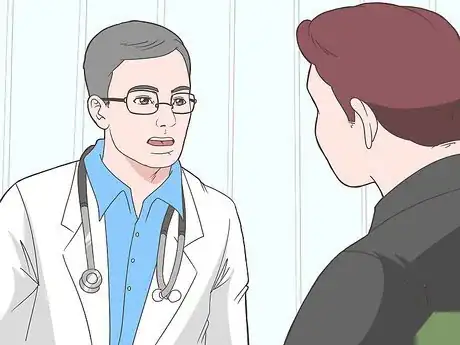





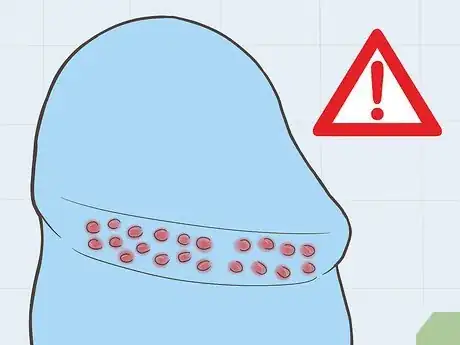

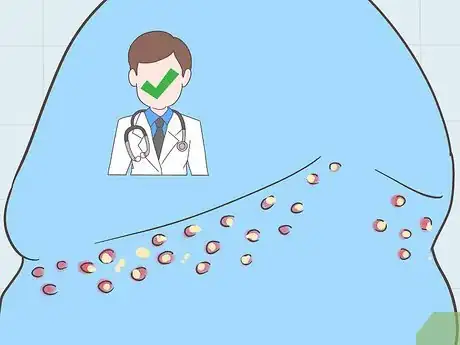

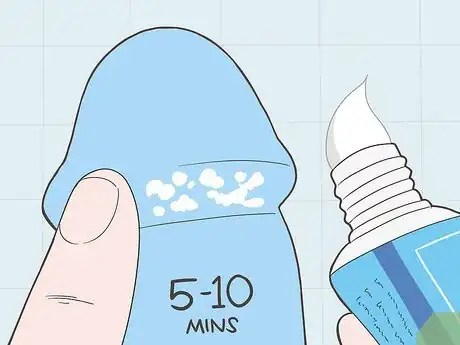



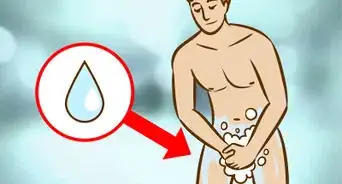
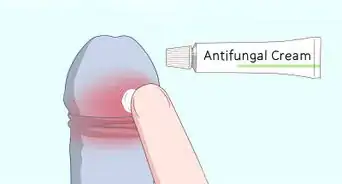
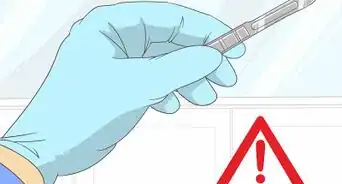


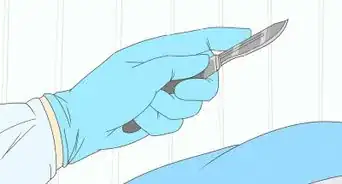

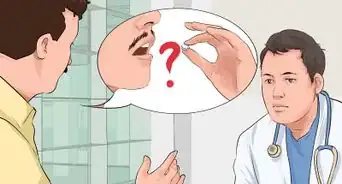


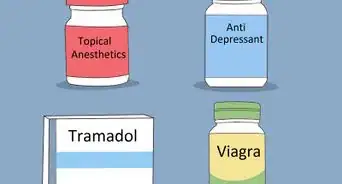
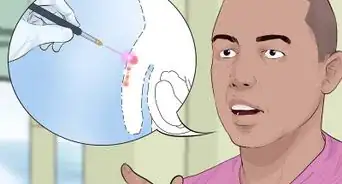
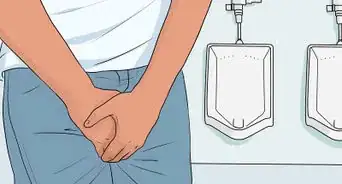











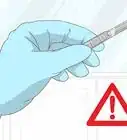
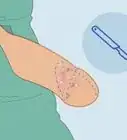



































Medical Disclaimer
The content of this article is not intended to be a substitute for professional medical advice, examination, diagnosis, or treatment. You should always contact your doctor or other qualified healthcare professional before starting, changing, or stopping any kind of health treatment.
Read More...